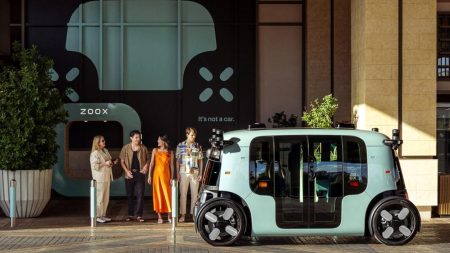The way we interact with technology has not significantly changed since the introduction of the mouse and graphical user interface in the 1970s, with keyboards and mice being our primary tools. However, recent advancements in AI technology, particularly in generative pre-trained transformer (GPT) AI technologies, are driving a transformation in voice technology. Tools like OpenAI’s Whisper and advancements in text-to-speech technology are making it possible for machines to engage with us using natural and human-like voices, making conversations with machines feel more like those with another person.
Augmented reality might first take hold as an auditory experience, with users able to input, access, and overlay enhanced information in their everyday interactions. In 2024, Tony predicts significant advances in device conversational abilities, particularly focusing on Apple’s leadership in enhancing conversational engagement through Siri. As personal assistants evolve to offer unprecedented personalization and task execution capabilities, user behavior is likely to shift away from traditional smartphone or laptop queries toward straightforward requests to AI assistants.
The shift toward voice technology could have profound implications for the technology value chain, particularly impacting the web’s ad-driven ecosystem and user engagement patterns. Companies must now consider their voice strategy and how their products can be accessed through voice-enabled APIs. Tony outlines three steps for businesses to begin a voice-readiness diagnostic, including assessing channel distribution with personal AI assistants, identifying opportunities or risks posed by voice interfaces, and assessing the readiness of current systems for voice technology.
The interface revolution from clicks to voice represents a significant pivot in the interaction paradigm, and businesses must experiment and adapt to these changing paradigms. The future is uncertain, but by asking the right questions and preparing for voice technology disruptions, companies can stay ahead of the curve in the evolving technology landscape. Tony’s insights highlight the importance of embracing voice technology and preparing for the transformative impact it will have on user interactions and the technology value chain.
Overall, the advancements in AI technology and voice interfaces signal a new era of interaction with technology, with potential implications for user behavior and the technology value chain. Businesses must carefully consider their voice strategy and adapt to the changing paradigms in order to stay relevant in the evolving technology landscape.













